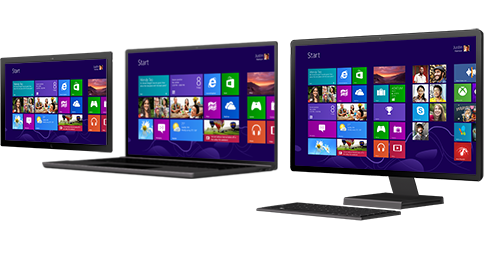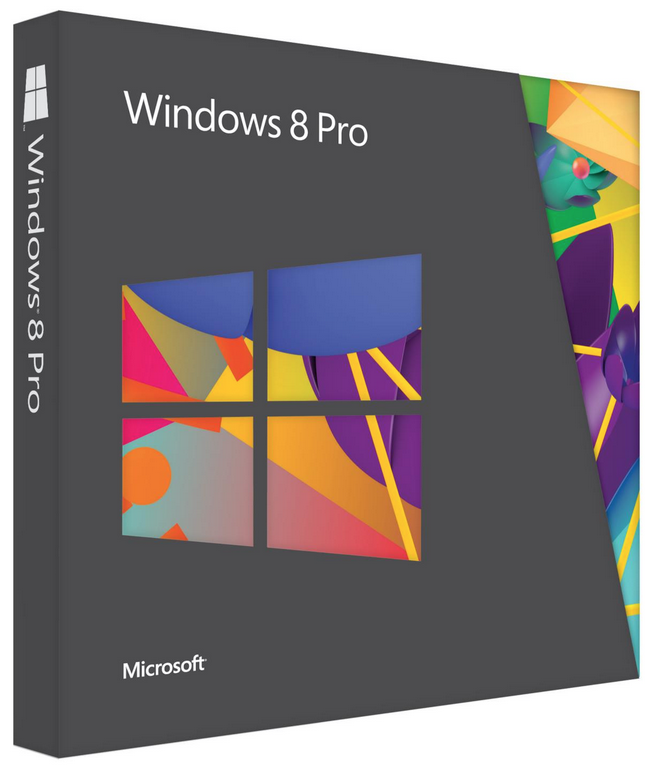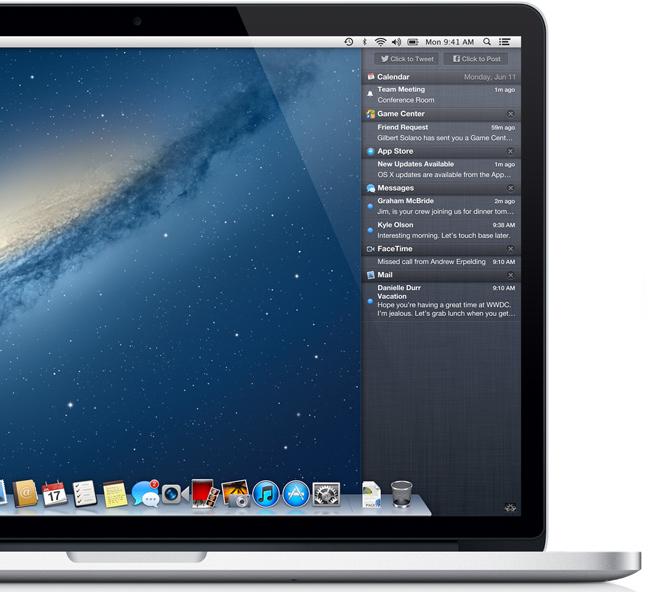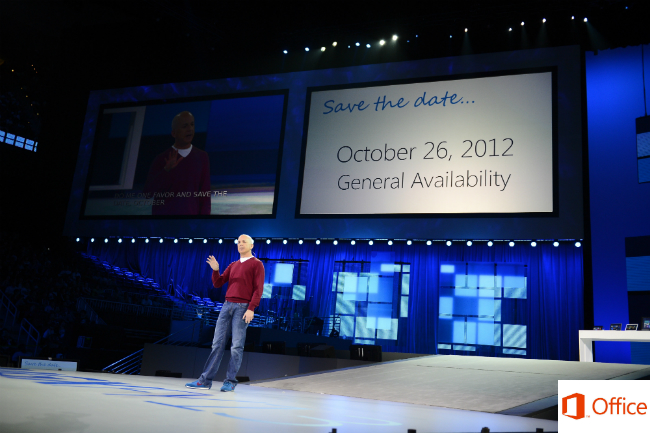
In Game of Thrones, Winter is Coming. In reality, Windows 10 is coming. Today Microsoft spilled the final bean surrounding the shrouded release of its next operating system. Without further ado, Windows 10 comes to market July 29. It brings with it a slew of enhancements and new features. Windows 10 feels familiar as it reverts back to the desktop you know and love from Windows 7; elements from Windows 8, including Live Tiles, are now found inside the revamped Start Menu. Internet Explorer is no more and Microsoft Edge takes its place as the leaner, meaner, and more secure native web browser. Cortana, Microsoft’s digital assistant from its phones, is making her way to the desktop to help with all kinds of queries. Additionally, Microsoft is tying its ecosystem closer together than ever before by implementing a new Xbox app that brings your Xbox 360 & Xbox One gaming communities to Windows.
So how do I get my hands on the fresh OS, you’re probably wondering at this point. If you’re currently a Windows user, you may have noticed a small Windows icon taking up space in the lower right-hand corner of your display, sitting inside the Notification Area within the Taskbar. Tap it and you’ll be asked if you want to reserve your free copy of Windows 10. (If you don’t see it yet, Microsoft advises you visit this site.) After the simple reservation process is complete, Win10 will automatically download to your device on July 29; when it’s ready to install, the system will let you get it started at your convenience. It’s so easy, a kid can do it, or so Microsoft claims. Note that the free upgrade applies to Windows 7 and Windows 8.1 users and will only be offered for one year. Windows 10 is rolling out to desktops, laptops, and tablets first, soon to be followed by a wider release on Windows phones and the Xbox One gaming console.
Of course, Microsoft is selling Windows 10 to those few who are still running ancient versions of Windows such as Vista. Windows 10 Home goes for $199 next month, and Windows 10 Pro will cost $199. If you’re curious about upgrade paths coming from Windows 7 and Windows 8.1, check those links provided by VentureBeat.
Be sure to jump after the break to acclimate yourself with MSFT’s new OS with a couple demonstrative videos.
[Via Microsoft 1, 2] Continue reading Microsoft solidifies Windows 10 summer release, reservations live today























